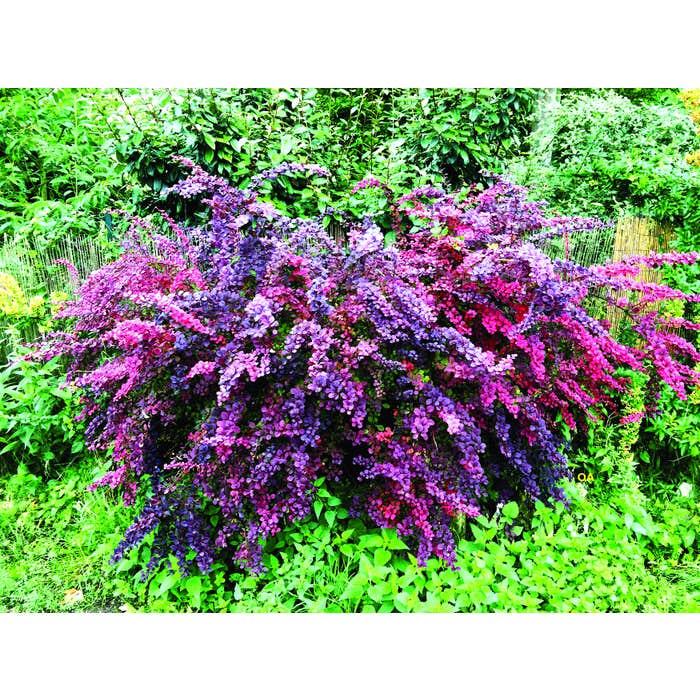Lab - The absorption spectrum of a solution of leaf pigments
Extract from the syllabus:
Senior year - Specialty: Energy and living cell (theme 1).
Scientific problem:
Photosynthesis allows chlorophyll-containing plants to produce organic molecules from mineral molecules (e.g. carbon dioxide). This only occurs in the chlorophyll-containing parts of these plants and requires visible light radiation. How do the chlorophyll-containing parts interact with this light radiation? Moreover, some plants have leaves that can be red and not green. Despite being sensitive to the absence or presence of light (senescence or development), how do the pigments in these leaves interact with visible light radiation?
Procedure:
The knowledge acquired in the 10th grade related to photosynthesis (Theme 2) allows for posing and initiating an investigative approach to the problems to be solved. Additionally, some knowledge in Physics (light, decomposition, spectrum, etc.) will be ensured. In this context, it is expected that the chlorophyll-containing parts have the ability to absorb (or) visible light radiation.
We then proceed with the extraction (solubilization) of leaf pigments in order to establish the absorption spectrum of the solution obtained. Comparing the results obtained with green and red leaves reveals the absorption of common radiations. For this activity, it is entirely possible (even desirable) to work with common plants that students may encounter (gardens, schoolyard, parks, etc.).
| Thématique TP | Biochimie |





